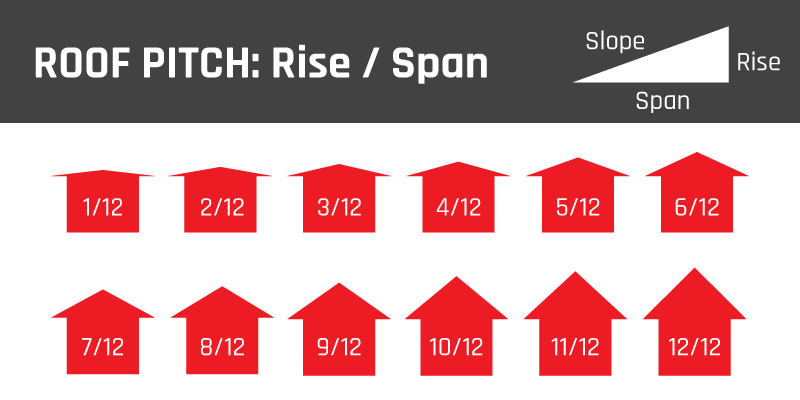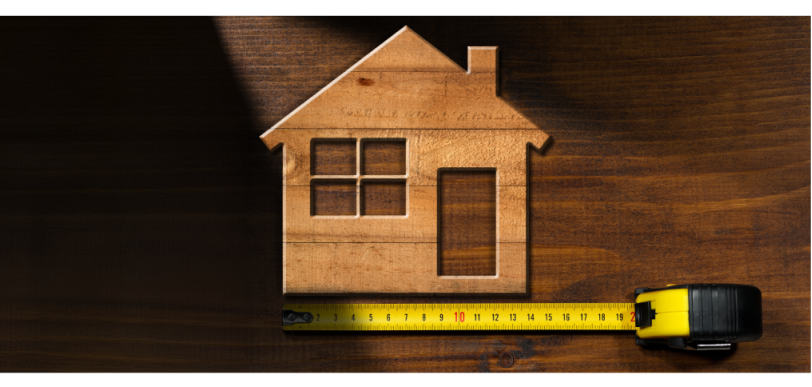Getting the pitch of your roof right is crucial for both its look and functionality. The pitch influences not just the appearance of your home, but also the types and quantities of roofing materials you’ll need, and how well your roof can handle elements like rain and snow. Whether you’re a homeowner planning a project or a contractor estimating costs, knowing how to calculate roof pitch is essential.
What Is Roof Pitch?
Roof pitch is the term used to describe the steepness of your roof, expressed as a ratio of its vertical rise to its horizontal run. For example, a roof with a 6/12 pitch rises 6 inches for every 12 inches of horizontal run. This measurement is critical in determining the roof's structural design, the choice of materials, and its ability to shed water effectively.
Why Roof Pitch Is Important
The pitch of your roof impacts more than just how your home looks. Here’s why it’s important:
- Water Drainage: A steeper pitch allows water to run off more easily, reducing the risk of leaks and water damage.
- Material Compatibility: Certain roofing materials are better suited for specific pitch ranges. For example, asphalt shingles work well on moderate to steep pitches, while flat roofs require specialized materials like TPO or EPDM.
- Energy Efficiency: The pitch of your roof can influence insulation and ventilation, which in turn affects your home’s energy use.
- Aesthetic and Architectural Style: Different architectural styles often require specific roof pitches. For example, Colonial homes typically have steeper pitches, while modern homes may feature lower pitches.
Tools You’ll Need
To accurately calculate your roof pitch, you’ll need the following tools:
- A tape measure
- A 12-inch level
- A ladder
- A pencil and paper
Step-by-Step Guide to Calculating Roof Pitch
Method 1: Measuring from the Roof Surface
Set Up Safely: Use a ladder to safely access your roof. Safety is key, especially if your roof is steep or high.
Measure the Horizontal Run: Place your 12-inch level on the roof and ensure it’s perfectly horizontal. This 12-inch length represents the “run.”
Measure the Vertical Rise: With the level in place, measure the vertical distance from the roof’s surface to the bottom edge of the level. This distance is the “rise.”
Calculate the Pitch: Divide the rise by the run. For example, if the rise is 4 inches, your roof pitch is 4/12, meaning the roof rises 4 inches for every 12 inches of horizontal distance.

Method 2: Measuring from Inside the Attic
Access the Attic: If you'd rather not climb onto your roof, you can measure the pitch from inside your attic using the same method.
Find a Rafter: Locate a rafter that follows the slope of the roof. Use your level and tape measure to find the rise over a 12-inch run, just as you would on the roof’s exterior.
Calculate: Use the same method to determine the roof pitch.
Using Roof Pitch in Roofing Projects
Knowing your roof pitch helps you make informed decisions about roofing materials, calculate the amount of material you need, and ensure your roof is built to last. Roof pitch also plays a key role in estimating the cost of a roofing project, as steeper roofs may require more labor and specialized materials.
Simplifying the Process with RoofScope
While it’s possible to calculate roof pitch manually with the right tools, there’s an easier and more accurate way: RoofScope’s professional roof measurement services. RoofScope uses advanced aerial imagery and technology to provide precise roof measurements, including pitch, area, and material requirements, all without you having to climb a ladder or enter an attic.
RoofScope’s reports are designed to meet the needs of homeowners, contractors, and roofing professionals alike, offering detailed insights that streamline project planning and cost estimation. You can see what these reports look like by checking out this sample report.
Conclusion
Understanding how to calculate roof pitch is a valuable skill for anyone involved in roofing. Whether you’re a DIY enthusiast or a professional roofer, these steps will help you measure your roof pitch accurately and make the best decisions for your project. However, if you prefer precise measurements without the hassle, RoofScope offers a reliable solution that saves time and ensures accuracy.
By using RoofScope’s services, you can be confident that your roof will be not only functional but also aesthetically pleasing and durable.
For more information or to explore our roof measurement services, visit RoofScope.
written by RoofScope published on 08. 19. 2024

